Physical Address
304 North Cardinal St.
Dorchester Center, MA 02124
Physical Address
304 North Cardinal St.
Dorchester Center, MA 02124
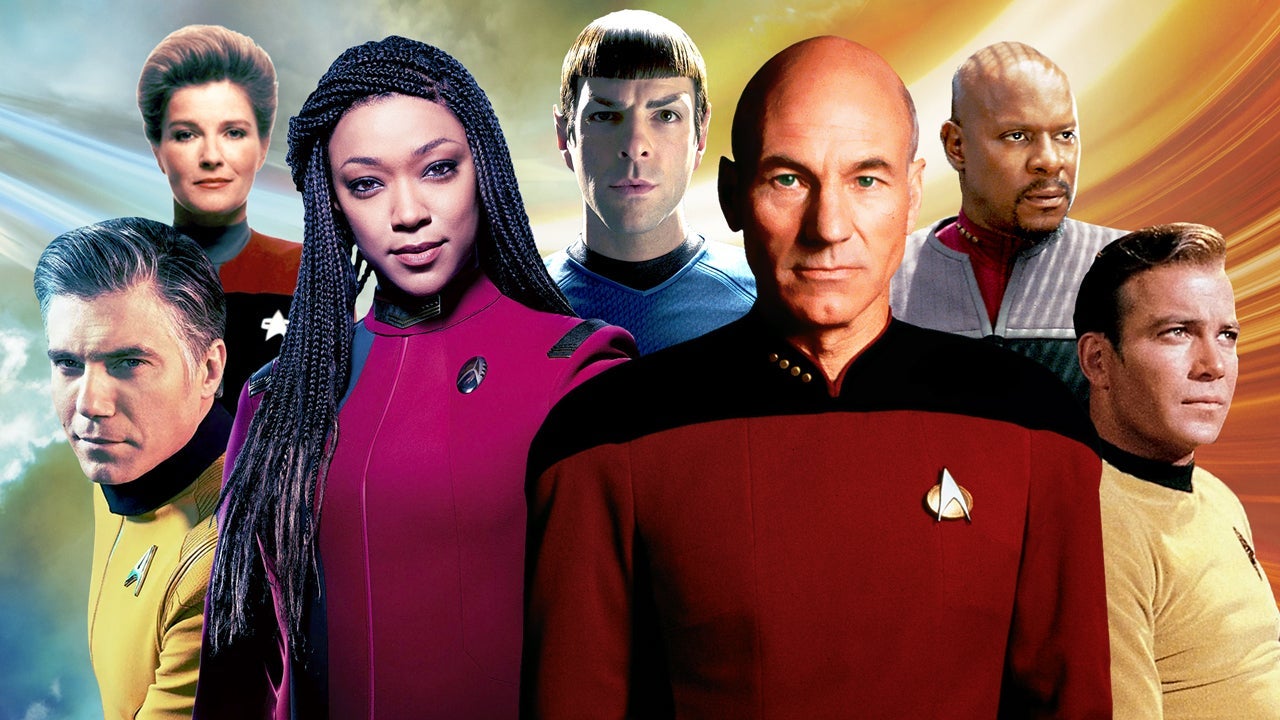
Exploring the vast universe of Star Trek can feel like navigating uncharted space, especially with so many series and spin-offs spanning decades. Whether you’re a newcomer eager to start your first starship journey or a longtime fan aiming to rewatch in chronological or release order, finding the perfect watch path can be daunting. This comprehensive guide breaks down the Star Trek series in order, reviews the best sequence by year and release, and provides a complete TV show list. Discover the ideal watch order for both series and movies—and delve into fan-favorite discussions like Star Trek: The Next Generation and community insights from Reddit.
If you want to watch the Star Trek series in chronological order according to the story timeline, you’d start with Star Trek: Enterprise, which is set in the early 2150s. This series follows Captain Jonathan Archer and Earth’s first warp-five starship, exploring early space adventures and first contacts with alien species. It’s a great way to see the roots of the Federation and Starfleet’s beginnings. Next, you move to Star Trek: Discovery Seasons 1 and 2, set in the 2250s, just before the original series. Here, you meet Michael Burnham and get a fresh look at the tensions between the Federation and the Klingons. Then comes Star Trek: Strange New Worlds, following Captain Pike’s adventures shortly after Discovery’s early seasons. After that, you can watch Star Trek: The Original Series with Captain Kirk, Spock, and the classic crew, set in the late 2260s. This order lets you experience the Star Trek universe as it unfolds across time, from humanity’s early space exploration to the iconic missions that defined sci-fi for decades.
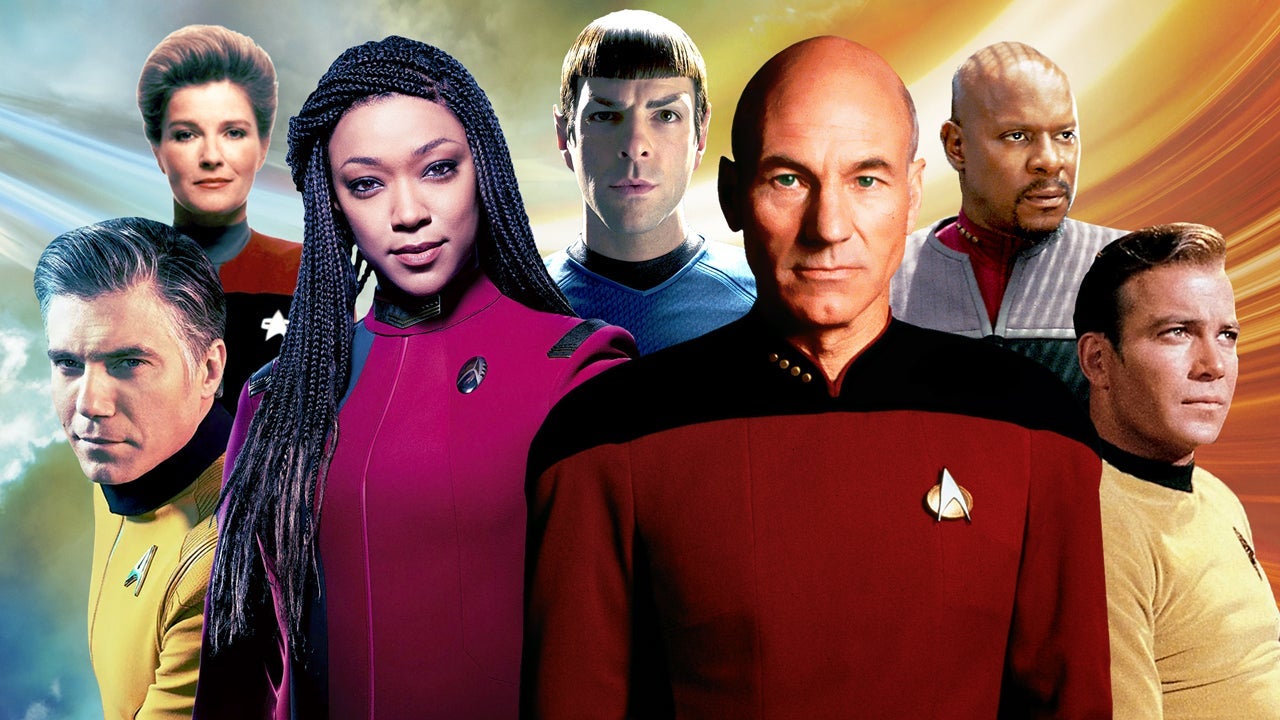
If you want to watch the Star Trek series in order by year, it’s fun to start with Star Trek: Enterprise (set around 2151–2161), which explores humanity’s first deep-space missions aboard the early USS Enterprise. This prequel sets the stage for everything that follows. Next, you can watch Star Trek: Discovery and Strange New Worlds, which take place in the mid-2250s to early 2260s, leading right into the classic Star Trek: The Original Series from 2265 to 2269, featuring Captain Kirk and his crew.
After the original series and its animated continuation, the timeline moves forward to Star Trek: The Next Generation (2364–2370), which introduces a new crew aboard a more advanced Enterprise. Following that, Deep Space Nine and Voyager run through the late 2360s and into the 2370s, exploring different parts of the galaxy and new challenges. Finally, newer shows like Star Trek: Picard and Star Trek: Prodigy continue the story into the late 24th century and beyond. Watching in this order lets you experience the evolution of Star Trek’s universe and storytelling across decades.
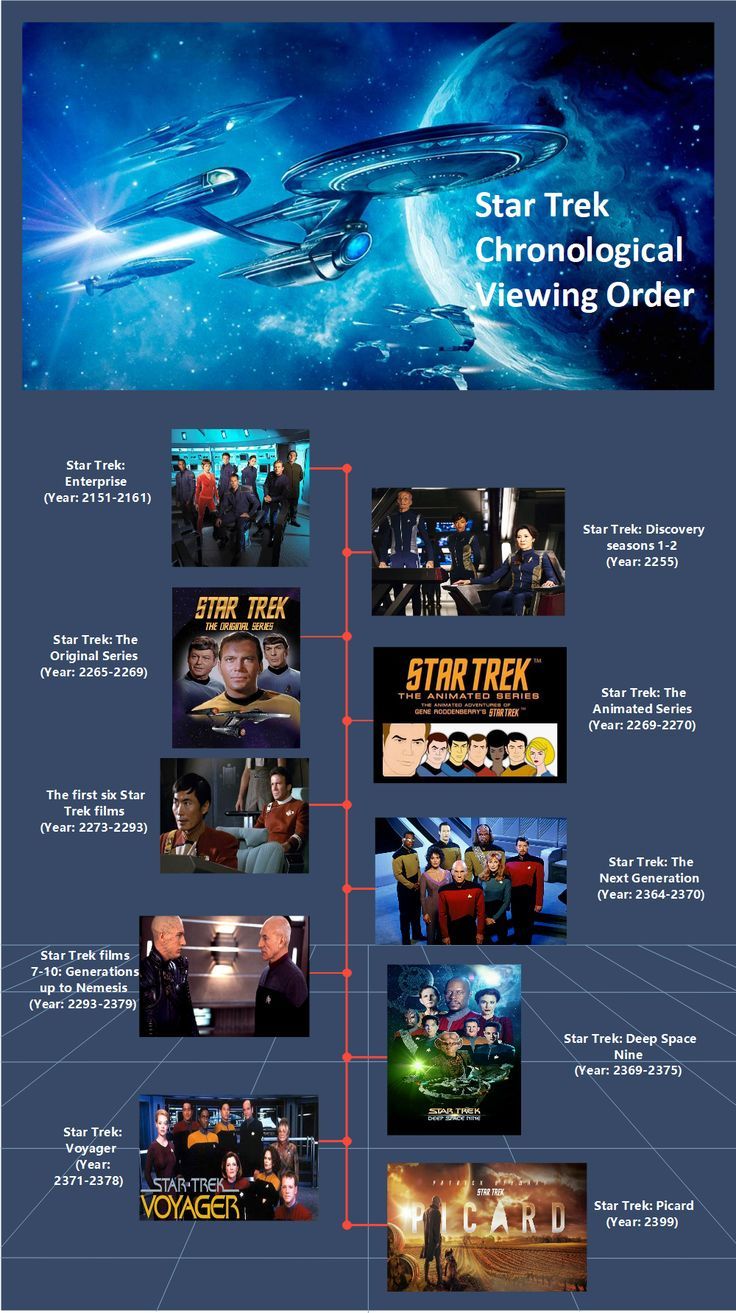
The Star Trek series has a rich history, starting with Star Trek: Enterprise (2001-2005), which is set the earliest in the timeline, following Captain Jonathan Archer and the first Earth starship capable of warp five. This show explores the early days of Starfleet and the formation of the Federation, offering a glimpse into a less technologically advanced era of space exploration.
Next came Star Trek: Discovery, which begins about a decade before the original series with its first two seasons, focusing on Michael Burnham and the USS Discovery’s adventures. Later seasons jump far into the future, expanding the universe in new directions. Following that is Star Trek: Strange New Worlds, which continues the story of the Enterprise under Captain Pike, set shortly after Discovery’s early timeline.
Of course, the original Star Trek series from the 1960s introduced Captain Kirk, Spock, and the iconic five-year mission that became a cultural phenomenon. After that, Star Trek: The Next Generation (1987-1994) brought the franchise into a new era with a fresh crew and a blend of sci-fi action and thoughtful storytelling, becoming a beloved classic in its own right. The franchise has since expanded with many other series and movies, each adding layers to this vast, inclusive universe.
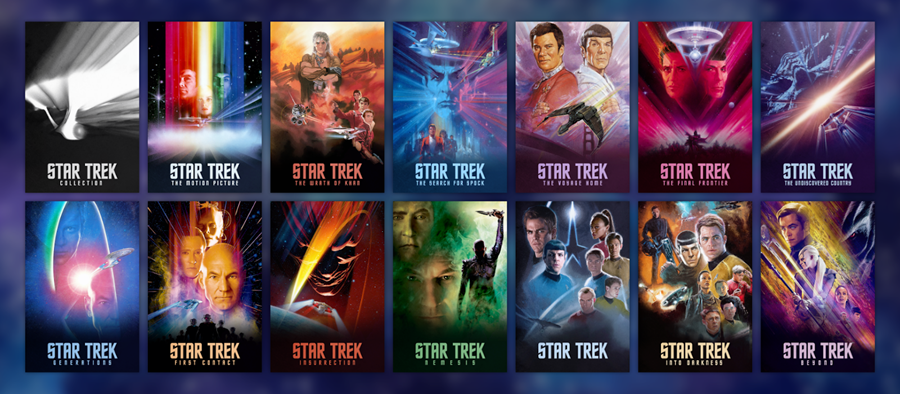
The Star Trek TV series is a beloved sci-fi franchise that has grown over decades into a vast universe of stories. It all started with The Original Series in 1966, following Captain Kirk and the USS Enterprise crew exploring space and seeking out new life. Since then, the franchise has expanded to include twelve series, such as The Next Generation, Deep Space Nine, Voyager, Enterprise, and newer additions like Discovery, Picard, and Strange New Worlds. Each series explores different eras and themes within the same universe, from the early days of space exploration in Enterprise to the futuristic adventures in Picard.
The shows vary in style and tone, blending action, drama, and social commentary. For example, The Next Generation is praised for its mix of sci-fi and cultural themes, making it a favorite for many fans. The timeline of Star Trek series can be watched in chronological order, starting with Enterprise set in the 2150s, moving through The Original Series in the 2260s, and onward to later series set in the 24th century and beyond. This rich tapestry of stories has made Star Trek a cornerstone of science fiction television and pop culture worldwide.
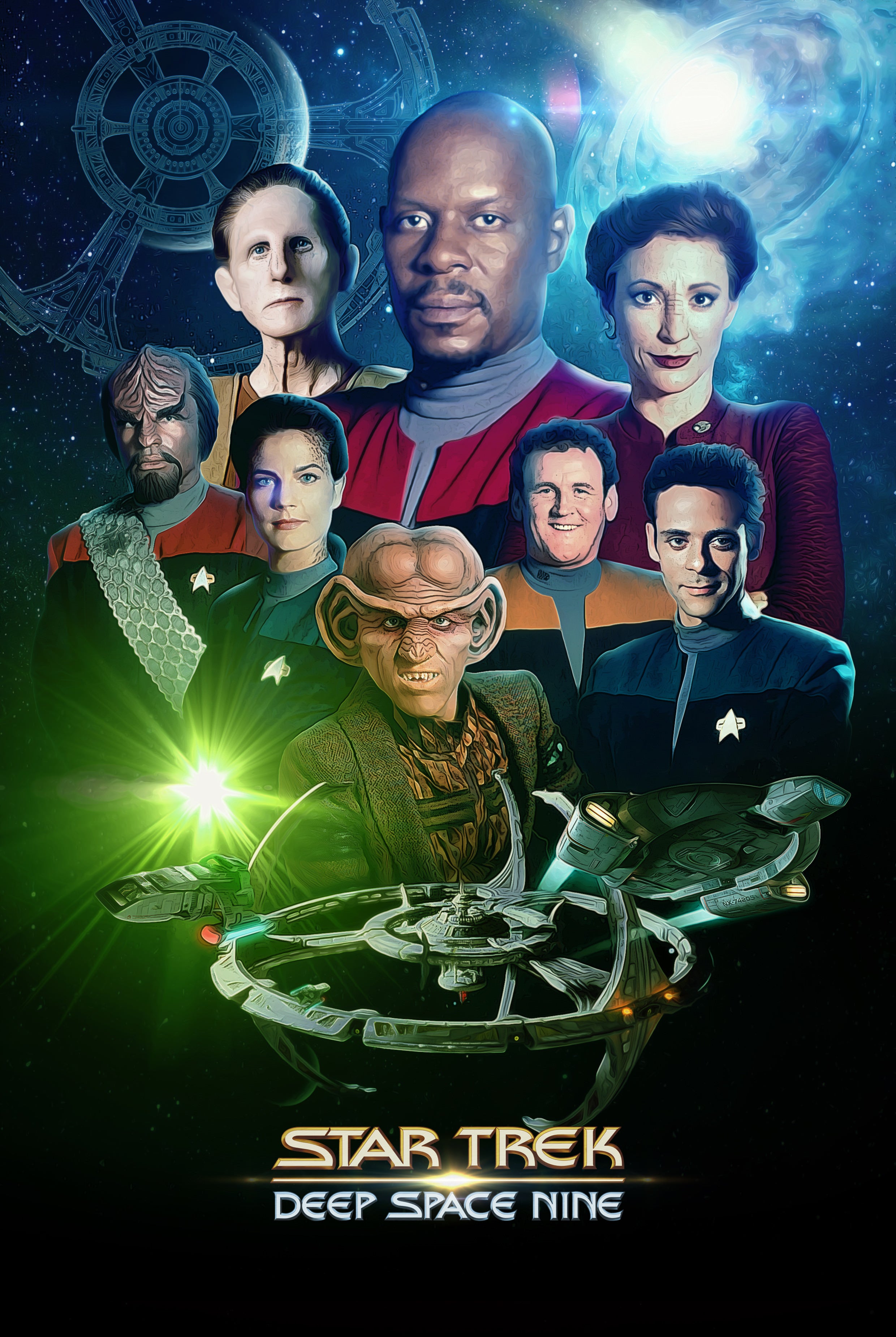
Star Trek TV shows have been a beloved part of science fiction for decades, offering a rich universe full of adventure, exploration, and thought-provoking stories. Starting with Star Trek: Enterprise, which is set earliest in the timeline, we follow Captain Jonathan Archer and his crew aboard Earth’s first warp-five capable starship as they make first contact with many alien species and face early space challenges. This show gives a unique look at a less technologically advanced era of Starfleet.
Moving forward, Star Trek: Discovery introduces us to Michael Burnham, a complex and compelling lead who navigates political tensions and personal struggles in the decade before the original series. Discovery is notable for its strong character development and fresh storytelling that connects to the broader Star Trek universe while also boldly exploring new frontiers.
The franchise also includes classics like The Original Series, The Next Generation, Deep Space Nine, Voyager, and newer additions like Picard and Strange New Worlds. Each series brings its own flavor, characters, and themes, making Star Trek a vast, interconnected saga that has grown with its fans over the years. Watching Star Trek is not just about sci-fi; it’s like revisiting a virtual family that reflects changing times and timeless values.
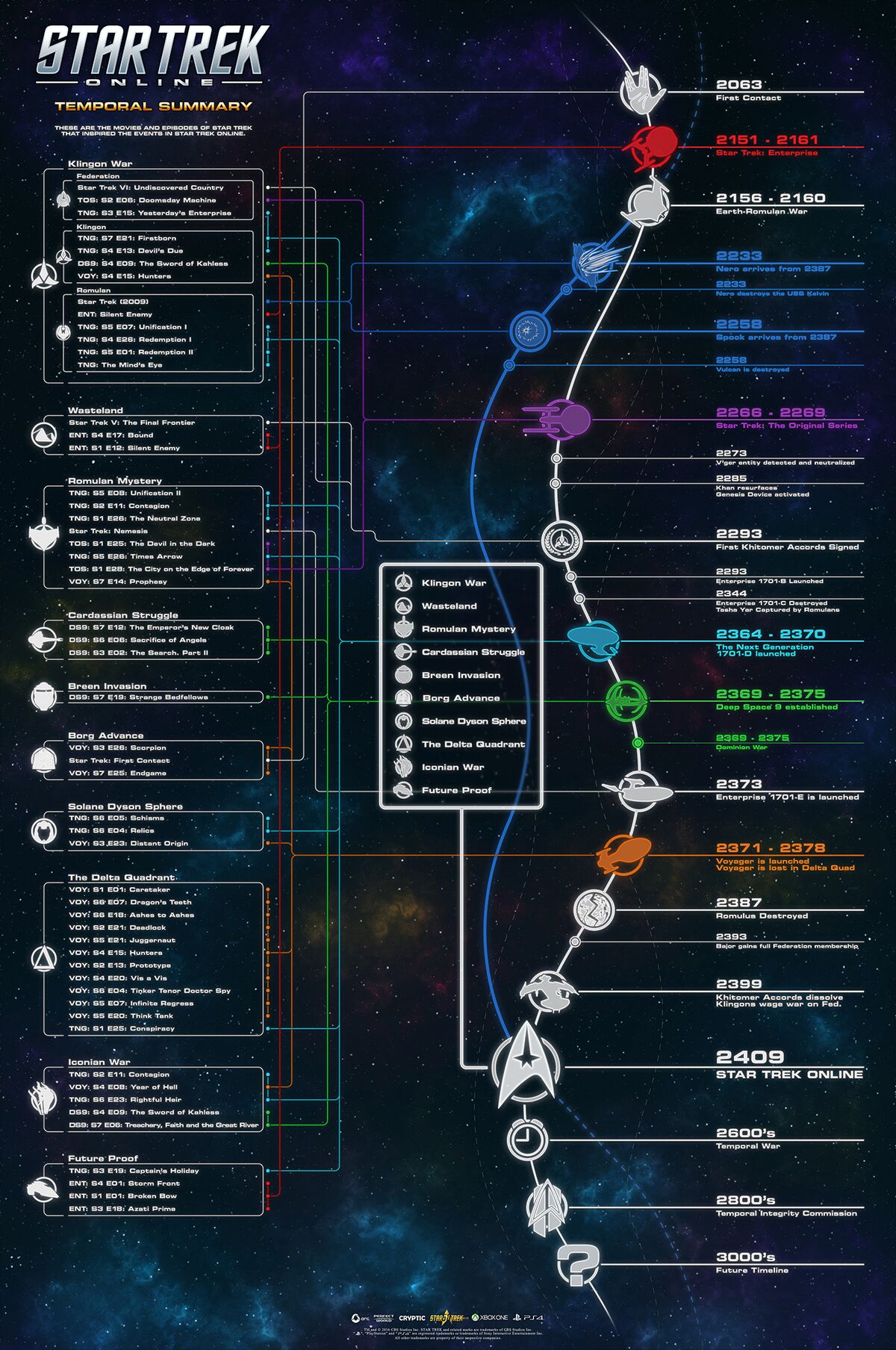
The Star Trek series timeline is a fascinating journey through space and time, starting with Star Trek: Enterprise set in the early 22nd century (2151–2161), which explores humanity’s first deep space missions and the beginnings of the Federation. Following that, Discovery takes place about a century later, in the mid-23rd century, just before the original Star Trek series featuring Captain Kirk and Spock, which runs from 2265 to 2269. This era also includes Strange New Worlds and The Animated Series, expanding on the classic adventures.
After the original series and its movies, the timeline jumps to the late 24th century with The Next Generation (2364–2370), Deep Space Nine, and Voyager, which explore new frontiers and complex interstellar politics. Later shows like Lower Decks and Prodigy are set even further in the future, around the late 24th and early 25th centuries. There are also standalone movies and the alternate Kelvin timeline films, which offer fresh takes but exist outside the main continuity. Overall, the Star Trek timeline spans centuries of exploration, reflecting humanity’s evolving relationship with the cosmos and each other.
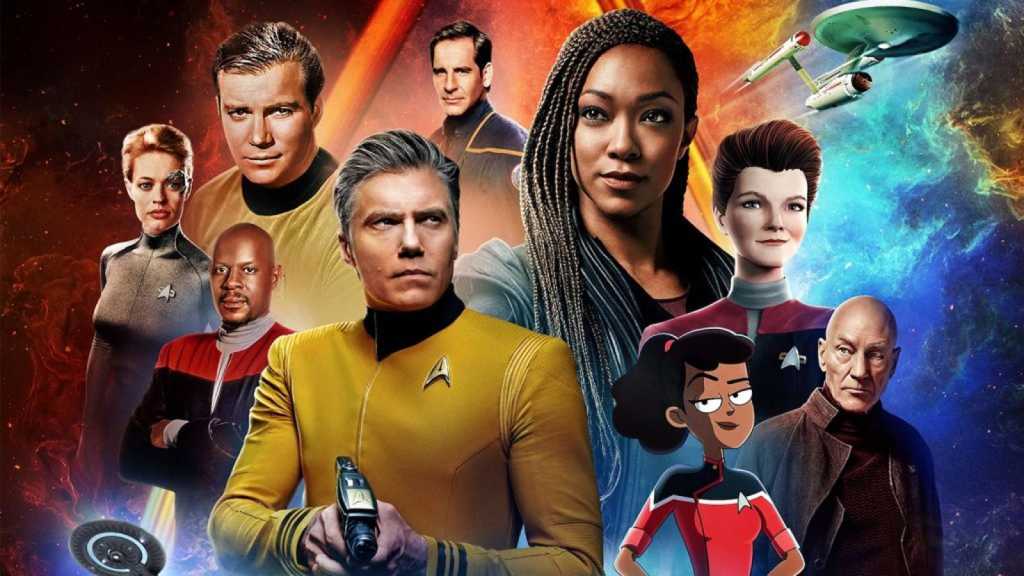
If you’re diving into the Star Trek universe and wondering what order to watch the series and movies, a great way is to follow the chronological timeline within the story’s universe. Start with Star Trek: Enterprise, which is set earliest, around the 2150s, showing Earth’s first warp-five capable starship and early space exploration. Then move on to Star Trek: Discovery Seasons 1 and 2, set in the 2250s, which leads nicely into Strange New Worlds and then The Original Series from the 2260s. After that, you can watch The Animated Series and the original six Star Trek movies featuring Kirk and Spock, which follow the timeline into the 2270s to 2290s.
Next, jump forward to The Next Generation series set in the 2360s, followed by its movies, and then explore Deep Space Nine and Voyager, which overlap in time. Finally, you can watch newer series like Star Trek: Picard and later seasons of Discovery, which take place even further in the future. This order helps you experience the story as it unfolds across time, making the vast Star Trek saga easier and more rewarding to enjoy.
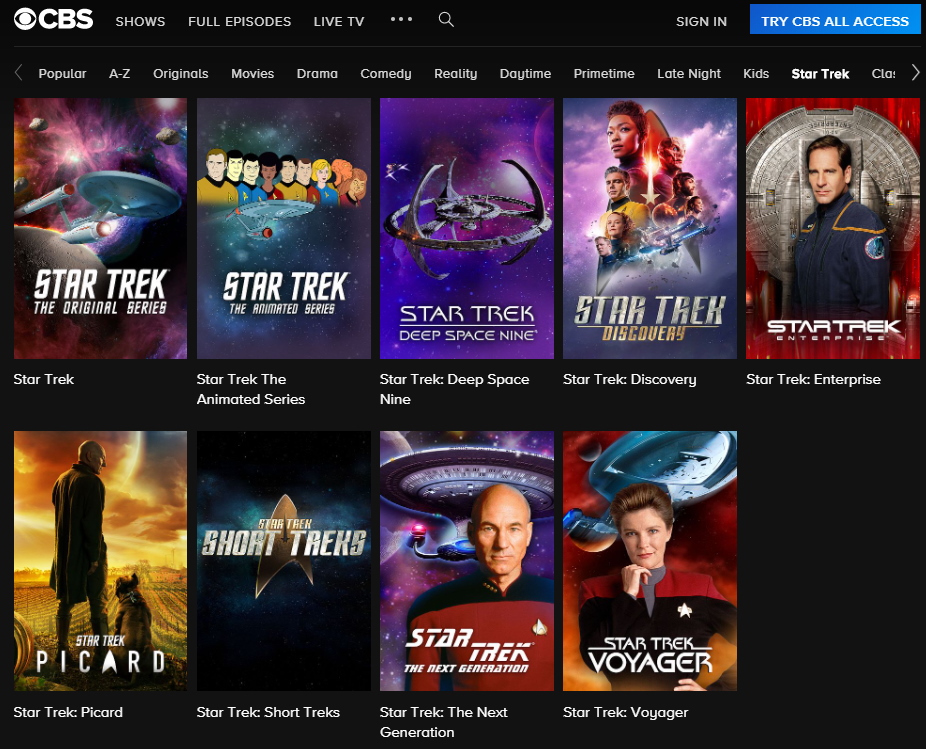
If you’re diving into Star Trek and wondering about the best watch order by release date, it’s pretty straightforward and fun to follow. Starting with Star Trek: The Motion Picture from 1979, you then move through the classic film series in their original release sequence: The Wrath of Khan, The Search for Spock, The Voyage Home, The Final Frontier, and The Undiscovered Country. After these, the timeline continues with Generations, First Contact, Insurrection, and Nemesis. Then, the rebooted Kelvin timeline movies come next: Star Trek (2009), Into Darkness, and Beyond.
This release order matches the chronological flow of the main storylines, making it easier to follow the evolution of characters and technology without jumping around too much. If you want to include TV shows, the order gets a bit more complex because some series like Enterprise (2001-2005) are prequels, and Discovery spans different time periods. But for movies, sticking to the release dates is a great way to experience the Star Trek saga as audiences did over the decades.
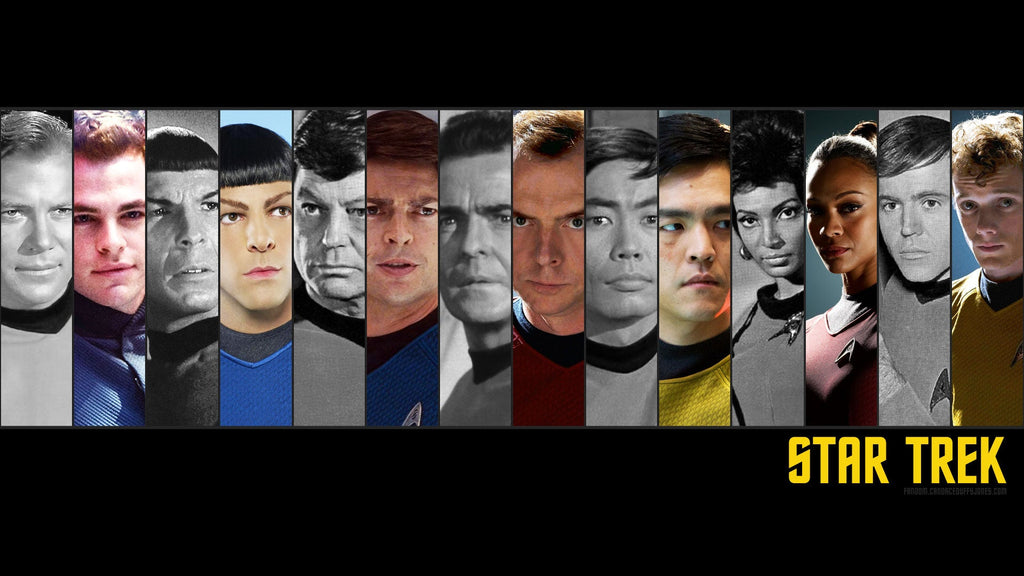
Star Trek: The Next Generation (TNG) is a beloved American sci-fi TV series that aired from 1987 to 1994, created by Gene Roddenberry. Set about a century after the original Star Trek, it follows the adventures of the USS Enterprise-D as it explores new worlds and civilizations in the 24th century. The show is famous for its optimistic vision of the future and its thoughtful storytelling that blends action, drama, and cultural themes.
The series introduced a fresh crew led by Captain Jean-Luc Picard, played by Patrick Stewart, whose leadership style was more diplomatic and reflective compared to the original series’ Captain Kirk. Alongside Picard were memorable characters like Data, an android exploring humanity; Deanna Troi, the empathic counselor; and Worf, the Klingon warrior. This diverse cast helped the show appeal to a wide audience and explore complex social and ethical issues.
TNG was groundbreaking in its use of technology concepts like the Holodeck and introduced iconic adversaries such as the Borg. Its success revitalized the Star Trek franchise, leading to spin-offs, movies, and a lasting cultural impact that continues to inspire fans worldwide.
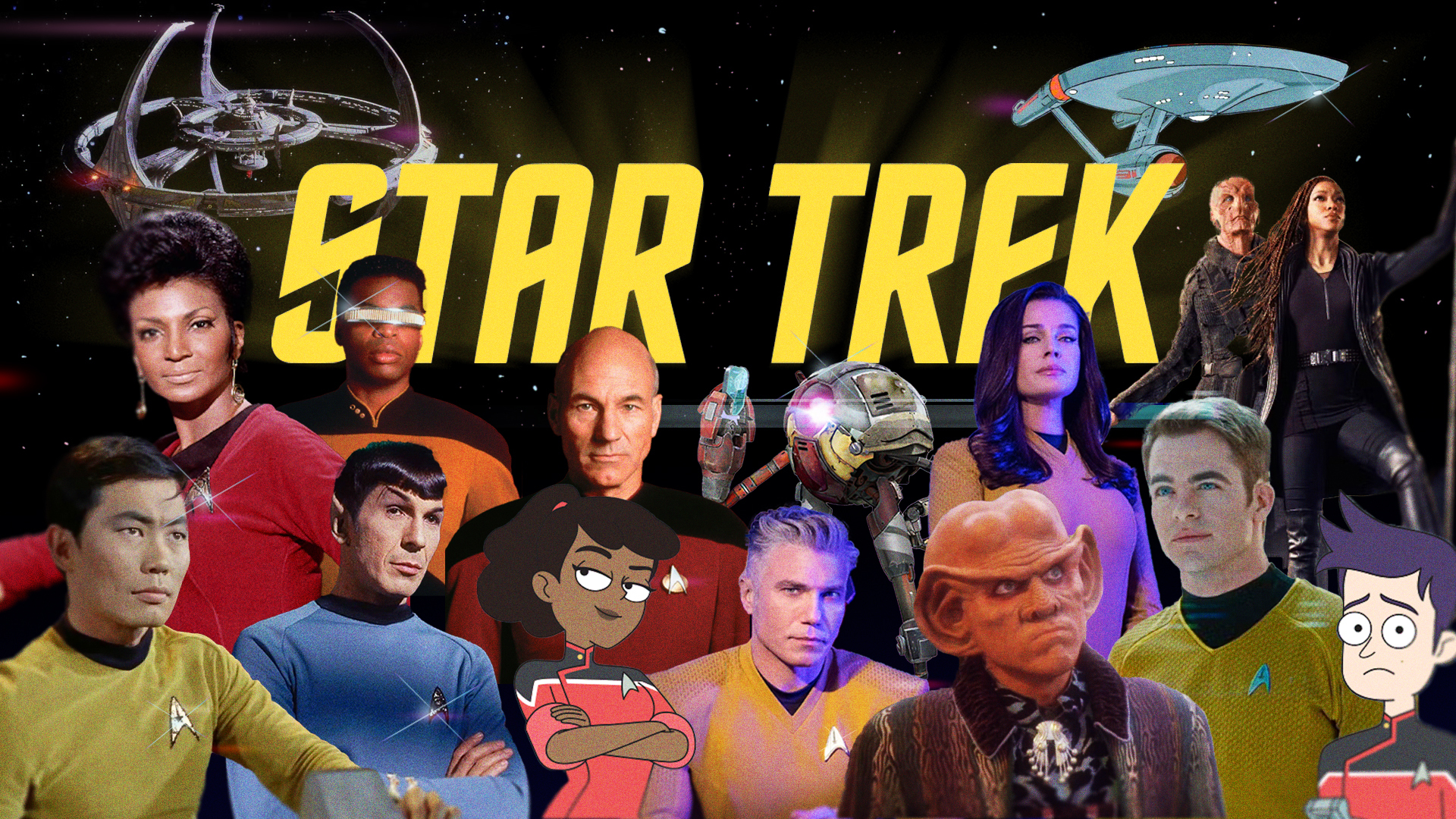
If you’re diving into the Star Trek universe and wondering about the best order to watch the series, Reddit fans often recommend following the chronological timeline of the Star Trek universe rather than the release order. It usually starts with Star Trek: Enterprise, which is set earliest, around 2151-2155, featuring Captain Jonathan Archer and Earth’s first warp-five starship. This prequel sets the stage for many events in the Star Trek timeline. Then, many suggest moving to Star Trek: Discovery seasons 1 and 2, which take place just before the original series, followed by Star Trek: Strange New Worlds, a newer series continuing that era. After that, you can watch Star Trek: The Original Series and then continue through the other series and movies in their respective chronological order. This approach helps keep the storylines and character developments in a logical flow, especially since some shows jump around in time. Reddit communities often share detailed watch orders and tips to help newcomers and longtime fans enjoy the saga in a way that makes the most sense chronologically and narratively.
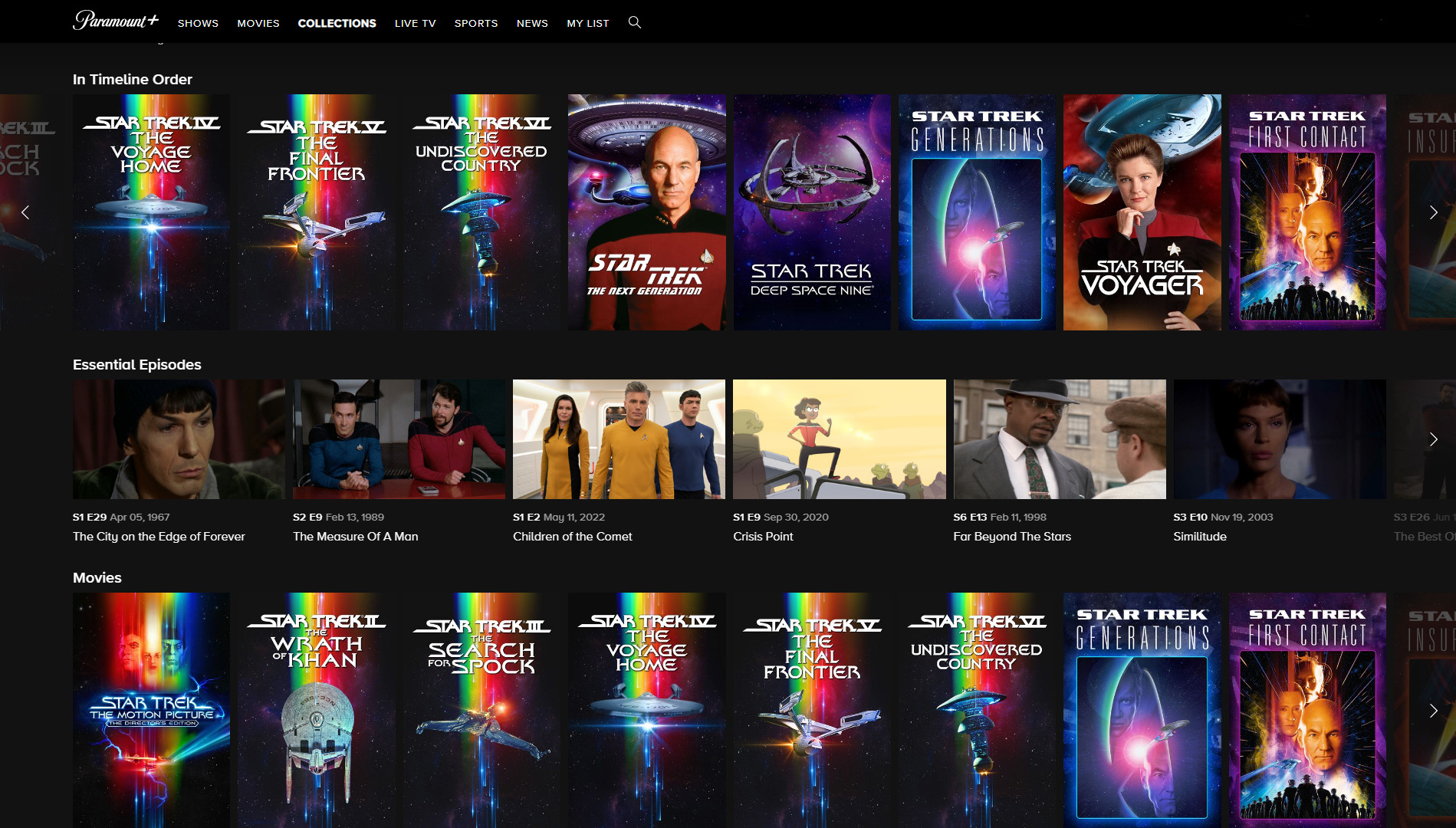
In conclusion, the Star Trek franchise has captivated audiences since its inception, evolving through various series that explore the final frontier with themes of exploration, diversity, and the human condition. Each series, from the original “Star Trek” to the contemporary “Star Trek: Strange New Worlds,” offers unique storytelling and character development, appealing to both loyal fans and new viewers. By following the chronological order of the series, fans can fully appreciate the depth and continuity within the Star Trek universe. As we continue to journey through the stars, the franchise remains a testament to imagination and the enduring quest for knowledge.